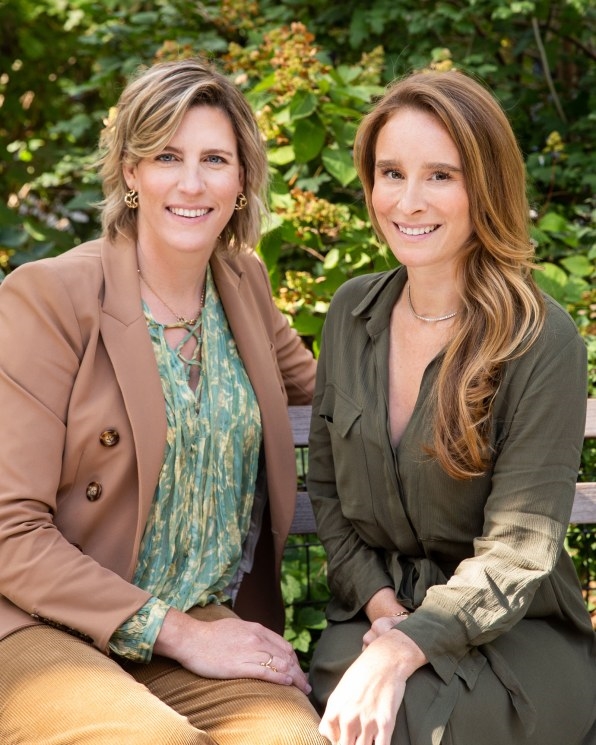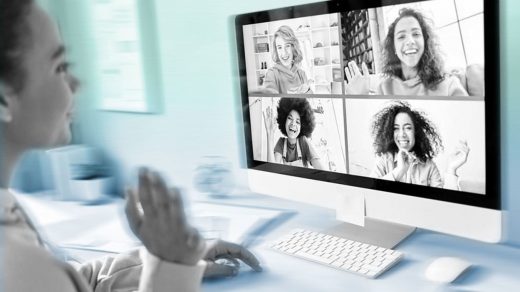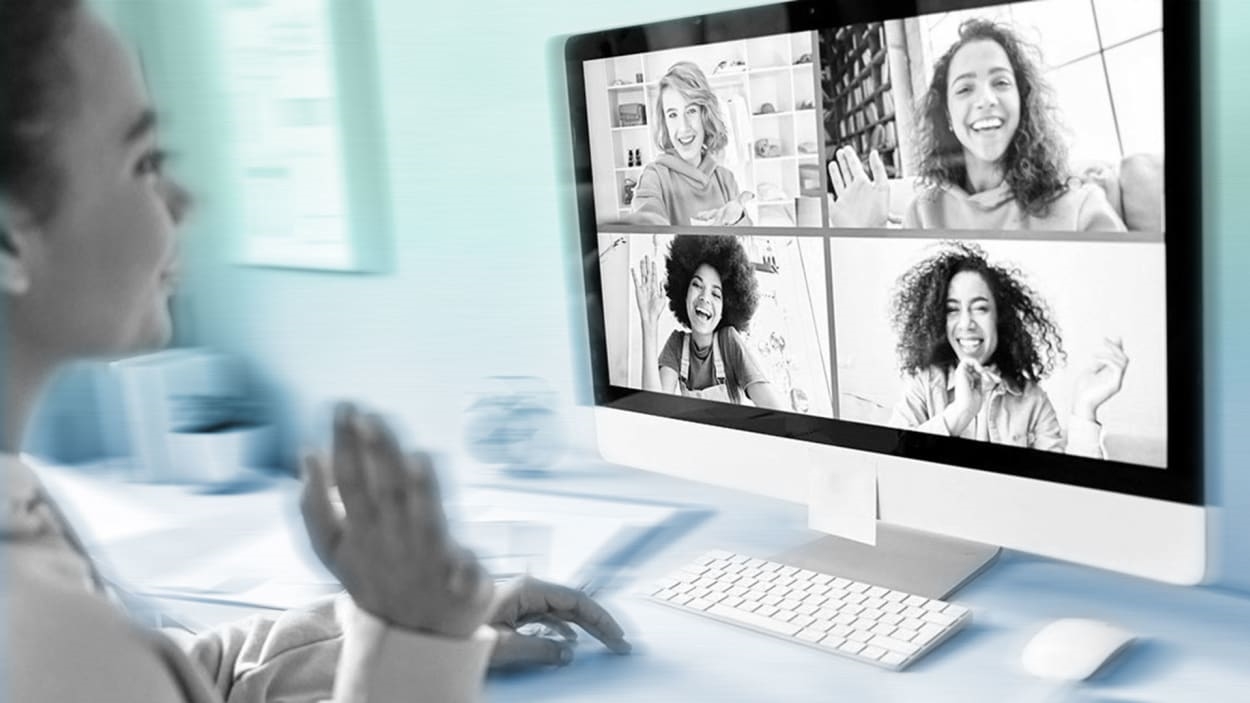This company’s virtual group therapy could help curb the youth mental health crisis
When Carter Barnhart was fourteen, she was sexually assaulted. For over two and a half years, she struggled to sleep through the night, grappling with PTSD and anxiety. Finally, she went to Newport Academy, a residential mental health treatment program in California that had just started. Barnhart was patient No. 2 and, at Newport, she found healing. Her freshman year of college, she emailed the founder and asked if she could intern. She would spend the next 11 years working for Newport.
However, Newport remains inaccessible to many. “We were always faced with patients who couldn’t access care or who lived out of state,” Barnhart says. In 2021, Barnhart and Dr. Caroline Fenkel, who met as teenagers at Newport, founded Charlie Health, a virtual intensive outpatient treatment service for teens and young adults struggling with mental health problems. Charlie Health aims to make intensive outpatient services accessible to teenagers and to reimagine mental healthcare.

The country is currently in the midst of a youth mental health crisis. Youth suicide rates tripled between 2007 and 2017 according to the American Academy of Pediatrics, which also reports that 8% of youth attempt suicide every year, and 17% injure themselves. Mental health emergency room visits are also on the rise, growing by 8% each year from 2015 to 2020, with 13% revisiting every six months—an indication that existing systems aren’t working.
Meanwhile psychiatric services are overwhelmed. Massachusetts General Hospital reported a wait list of 880 people for psychiatry services, and more than 300 mental health providers told The Washington Post their wait lists were between three and six months. One noted that patients who would normally be in intensive outpatient care are getting referred to private practices.
Fenkel points out that the outcome of these trends is that if someone has a mental health crisis, they don’t have many good options right now. A patient might call their therapist asking for added services, but the therapist may not be able to accommodate more than one meeting a week. The therapist now has to decide if they should accept the liability of having a patient who is suicidal or route the patient to the emergency room. There are few options that walk the middle ground between hospitalization and meeting with a therapist once a week.
Intensive outpatient programs aim to fill that gap, with structured therapy and group therapy sessions that range from two to three hours a day, three to five days a week. According to a 2015 review of the research, 50% to 70% of participants found intensive outpatient programs for substance abuse effective.
However, if someone doesn’t have the right insurance or happens to live in a rural area, intensive outpatient care might be out of reach—or a long drive—if a program even happens to have a spot open in the first place. Even if the program does have a spot open, the standard model could use work.
Fenkel says one of her frustrations with operating brick-and-mortar intensive outpatient care was that group therapy was often organized around patients’ availability, rather than who would make the best match. “You’d have a 13-year-old girl with anxiety in group with an 18-year-old male with a substance abuse disorder because they have the same insurance and happen to both live thirty minutes away,” she says, noting that neither patient would get anything out of therapy or be able to open up to each other.
Charlie Health seeks to make intensive outpatient care accessible to teenagers by accepting more than 200 insurance plans in the 23 states it operates in, and Medicaid in 14 of the states they operate in. (Some states do not have Medicaid plans that cover intensive outpatient programs like Charlie). The company did not provide specific numbers but says it’s treated thousands of patients.
It also seeks to improve existing problems in care such as mismatched therapy groups. Once someone has gone through the intake assessment, Charlie Health’s algorithms match them to a curated cohort for group therapy based on their diagnosis, their maladaptive coping mechanism, and demographic information such as age, gender identity, sexual orientation, and race. There are four to six people in each group working with one therapist. It also has support groups for families and has found that parents are more likely to show up for group therapy if they don’t have to step away from work to drive to an appointment. “We’re healing the whole family,” said Chelsi Clark, director of BIPOC programming. Last June, Charlie launched programming in Spanish and it’s currently working with over 20 Native tribes to develop culturally-informed programming.
Charlie also has psychiatrists on staff and works with patients and their families to manage medication on an as needed basis. Medical director Eli Muhrer also describes a mission to educate patients on medication and pare them down to the medications they need. “Often I get families and patients where they have no idea what medications they are on or why,” he says.
Dejah Maynard, 23, is a former Charlie patient who lives in rural Oregon with her partner and 2-year-old daughter. After giving birth, she was hit hard by a combination of postpartum depression, anxiety, trauma from her childhood, and COVID-19. “Every aspect of my life was falling apart, I couldn’t form a coherent thought,” she said, “but there’s no support.” Every service she could find had a six-month waiting list. She called a crisis help line and they connected her with Charlie. She was in one of the earliest cohorts at Charlie and began her program in September 2022, spending around three hours in therapy three days a week.
Despite an overall positive experience, Maynard points out that there were cracks in Charlie’s vision, noting at times it could be disorganized, especially when it came to communication. Some of her groups felt hit-or-miss—one member would talk the whole time, preventing others from talking about their issues, or the group wouldn’t be able to get through their assigned curriculum. She mentioned that the groups felt like they grew too quickly and at times a therapist would be a no-show for scheduled sessions.
She also mentioned needing better communication with the psychiatry team—at times, people couldn’t get refills. She added that her group provided a lot of feedback on this and Charlie has since implemented a new system to make sure patients get their medication on time. In addition, users are assigned a coach whom they can talk to and ask for changes if something at Charlie isn’t working for them.
Responding to Maynard’s experience, Barnhart says Charlie offers instant feedback for group therapy, and pushed back on the difficulty surrounding medication refills. “No one would ever have issues getting refills directly from us,” she says, adding that there may be a refill gap when they are transitioning from hospital treaatment to Charlie.
Still, some of the cracks Maynard saw shone through in reporting this piece—at times different executives shared contradictory information about the number of groups it had for BIPOC patients and the types of programming offered.
Maynard finished the program in January 2023 and, despite some of hte drawbacks she identified, says, “I recommend it to everyone.” Charlie was covered entirely by her insurance, and today she says she’s able to have a life again.
“I didn’t leave the house for six months straight; now I’m playing with my daughter more and doing more around the house,” she says. “If you do the work, it can be amazing.”
(8)



